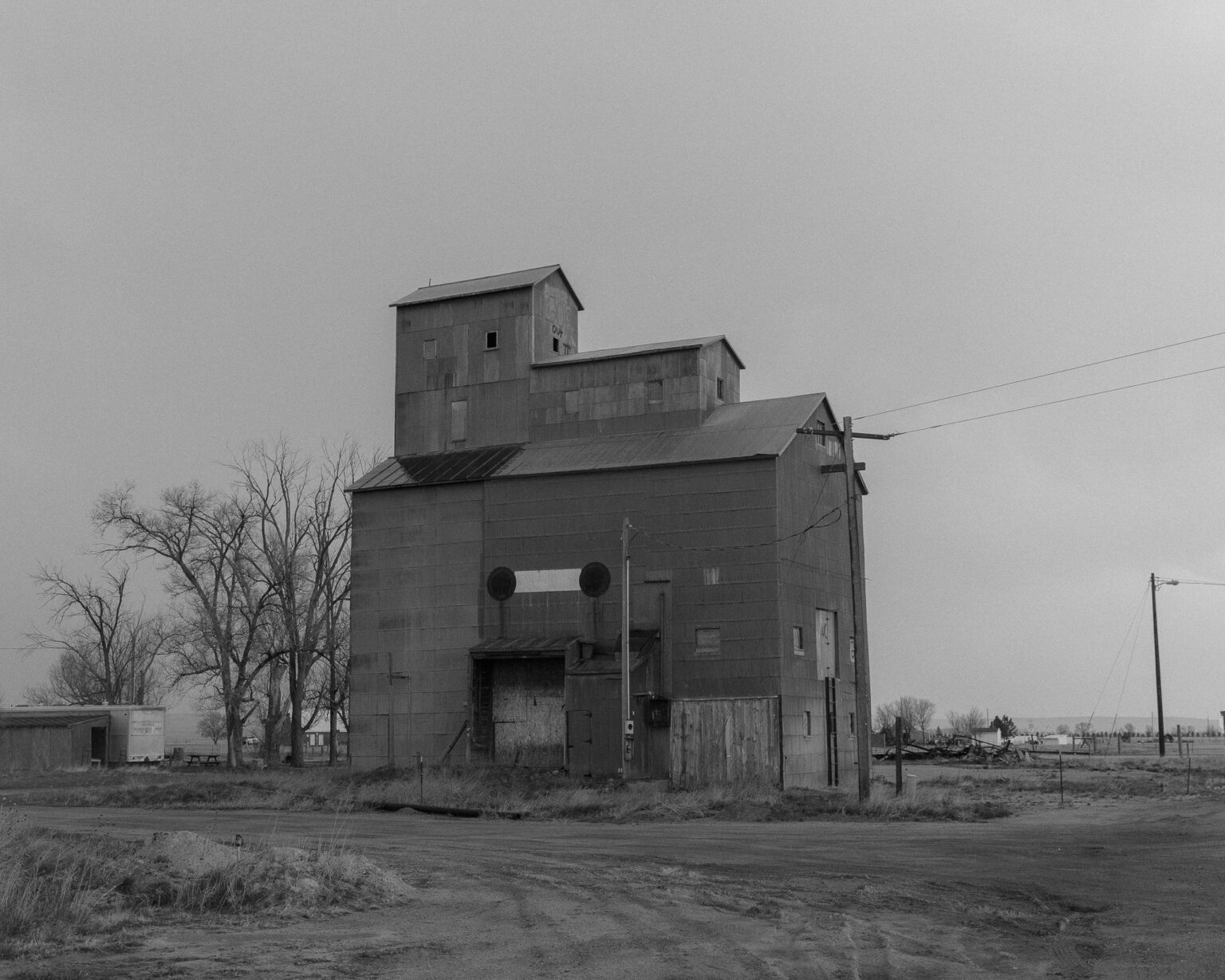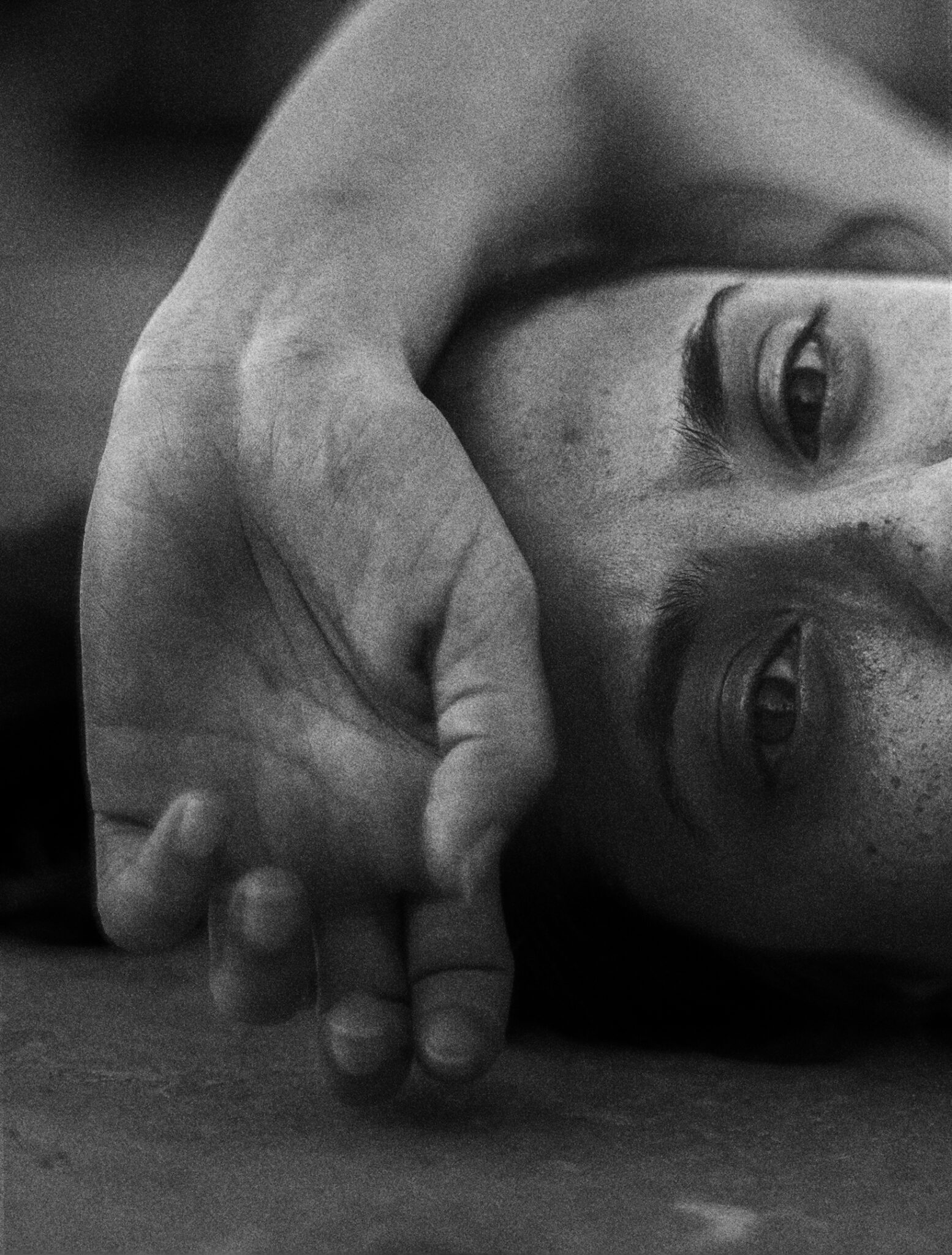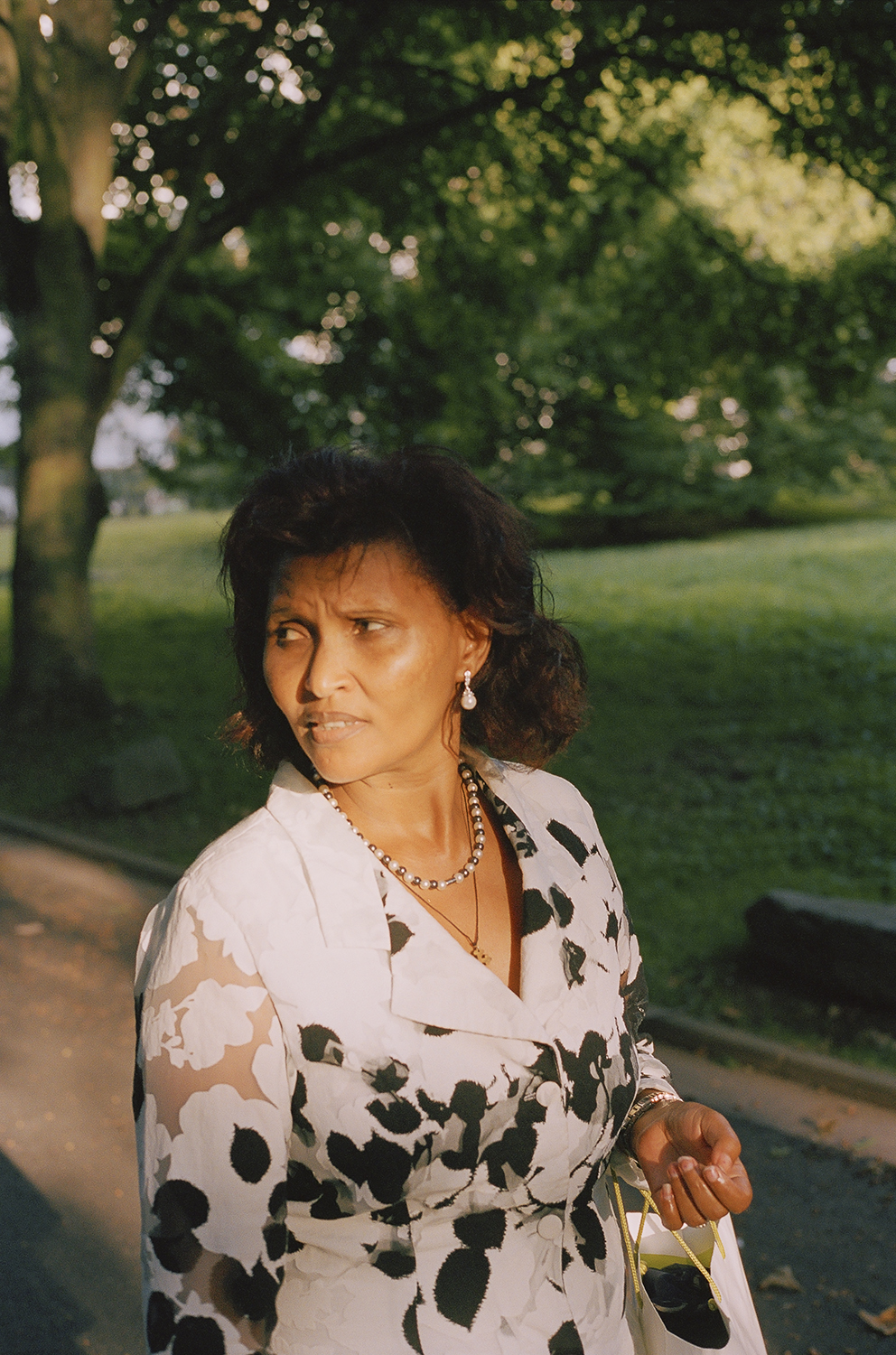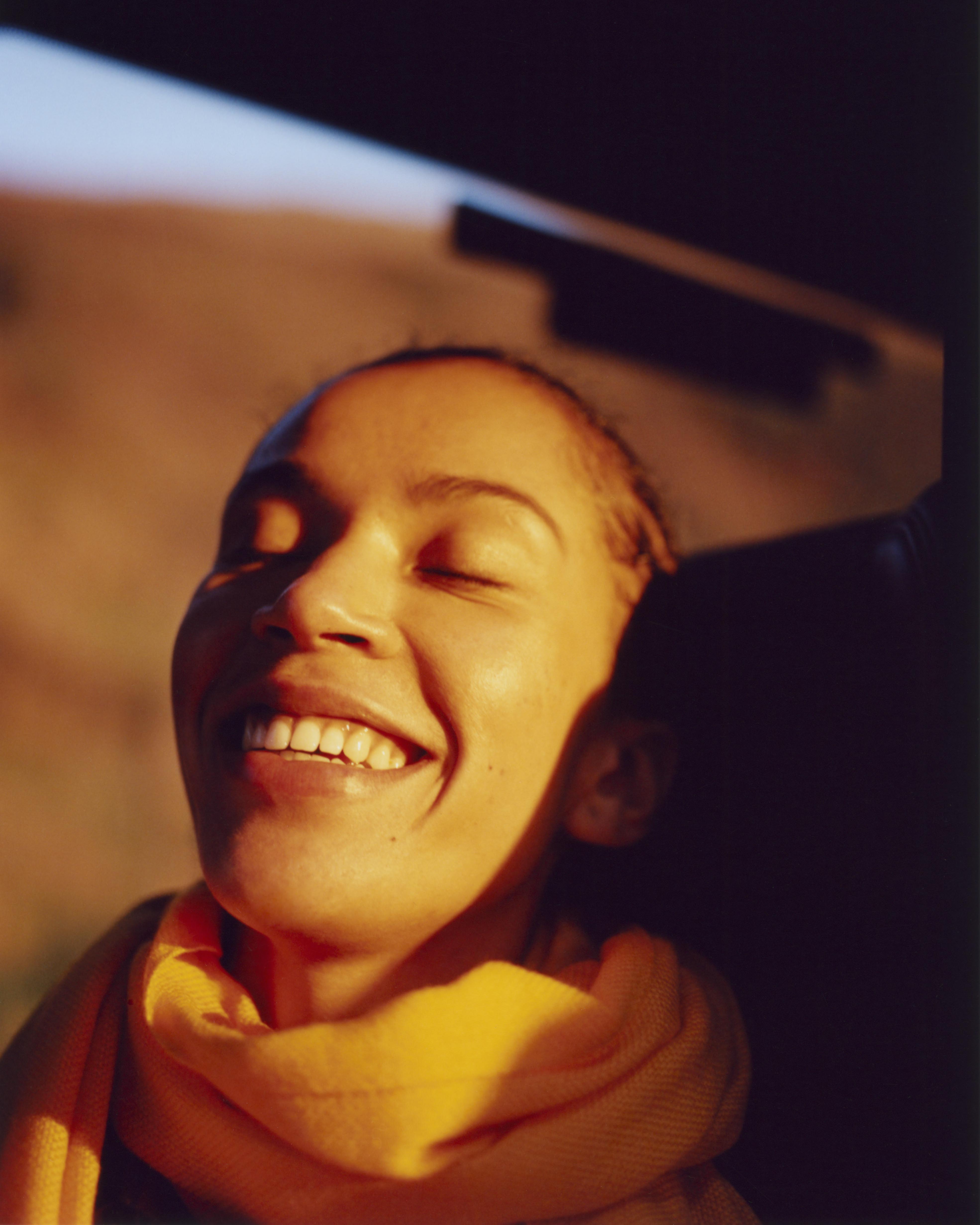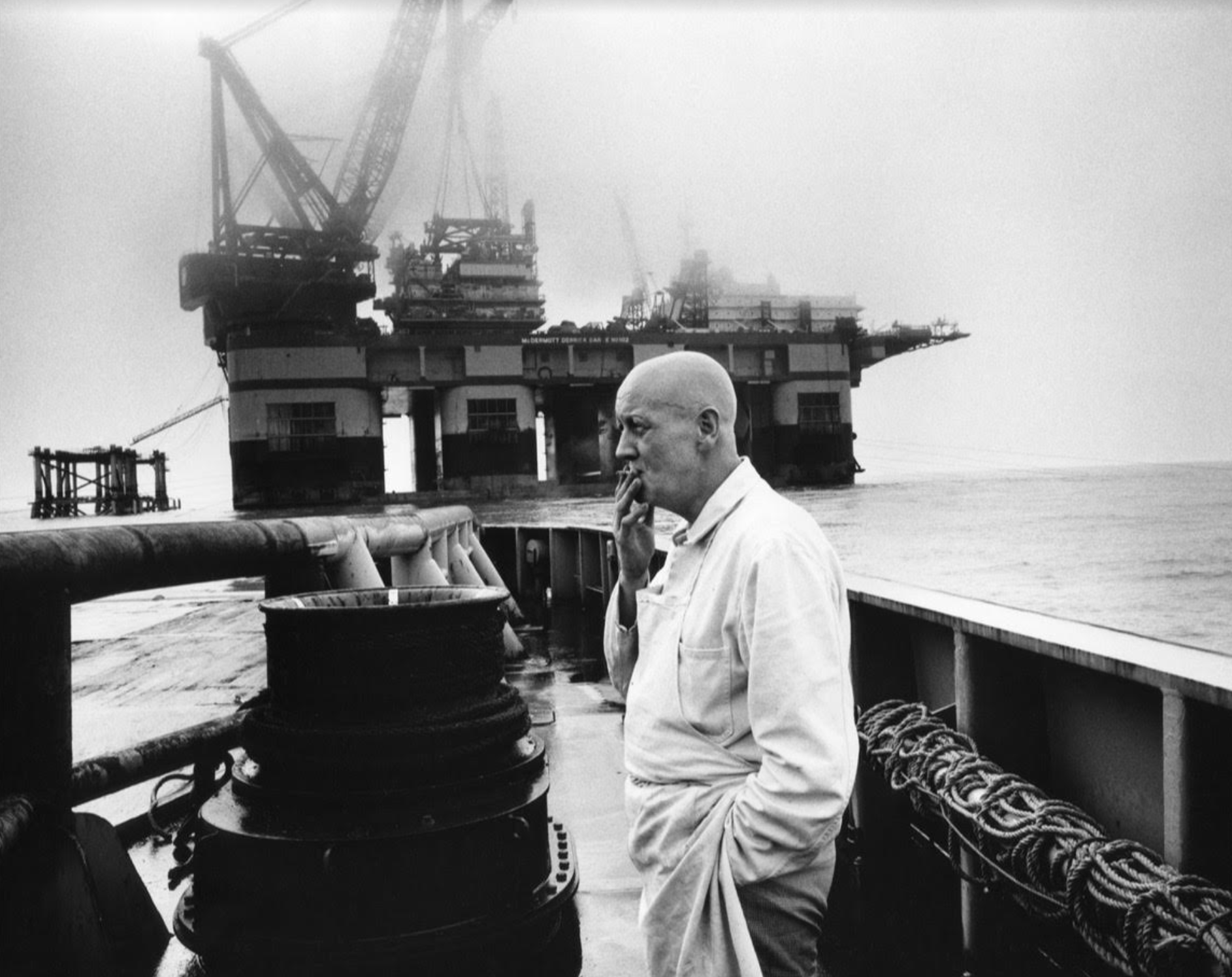Andrew Miller is a photographer based in the western United States. His work, often quiet and introspective, deals with themes of identity, place and the spaces we occupy in relation to those themes. A child of the rural midwest, he has spent the past year exploring his own sense of identity and how his humble upbringing shaped who he has become today.
As part of our online content we believe that discussing the efforts, approach and process behind the project are just as important as the story itself. In our category The Process we ask a series of questions that discuss and explore the approach taken in different aspects of creating, looking at new and old projects, we explore the stories, thoughts, meanings and process behind it all from how a project starts, exploring inspirations and reasoning behind work, to the experiences and mindset of developing a project.
JT: How do you start a project?
AM: Before I answer this, I feel like it’s important to mention that I’m pretty new to the practice of personal projects. That being said, I’ve been learning a lot over the last year about how and why artists pour themselves and their energy into personal work. For me, I think the most important point I’ve learned in starting a new project is having something genuine to say with the work. The more I read into the “why” behind projects, the more I see this central theme of “voice” throughout and I think that comes from being genuinely interested or genuinely invested in what you’re creating and trying to say through a certain body of work. So for me, that’s how I’ve started the pair of projects I’m currently working on and exploring.

JT: How do you first encounter the places and people you work with?
AM: That’s an interesting question. I think it depends on what I’m working on. If it’s a personal project, it’s a mix of happenstance that stems from a starting point based on interest in the subject they’re connected to. For the longest time I thought that the people and things would sort of fall in my lap, but I quickly discovered that you have to seek them out a little and have some sort of starting point and then hopefully that will lead to more serendipitous encounters, which is what I think we all dream of as photographers.
JT: What message, if any, do you try to put into your work?
AM: I think the message behind the work is maybe the most important part of it. Again, this process is something I’m fairly new to, but I think that message ebbs and flows with the seasons of life I find myself in. The current season I’m in is very introspective as a product of circumstances so the message in most of my work right now is one of belonging and identity and meaning.
JT: If you could live anywhere in the world, where would it be?
AM: This is something I think about all the time actually, but I don’t know that I have a really specific answer. I will say that the place I daydream about most is a sleepy town in rural Italy or somewhere in western Europe. I feel like I’ve seen enough of the US to be confident that I wouldn’t waste that wish on something here. I know the grass is always greener, but I can’t help but think life could be so much better somewhere completely removed from all the things in my tiny sphere of existence here.

JT: Do you think that creativity is part of human nature or is it something that must be nurtured and learned?
AM: I honestly think it’s a little bit of both. I think it’s inherent but I feel like for some it’s a little more ingrained from the beginning than others, and that’s where the nurture aspect comes in. I feel like for me specifically, I’ve always from a very young age been encouraged to do things that feed my creative desires, and that’s evolved over time in its various forms, but it’s always been a central theme in my life. Speaking to the nurturing aspect, I’ve always had to be intentional about that and continue to learn and create new habits. I think the moment you stop nurturing those things is a scary moment.
JT: Do you think your experiences in childhood have influenced your present creative endeavours?
AM: Absolutely! I think it took a little longer for me to acknowledge that, but looking back at how often I visited museums and was exposed to art in various forms really shaped what I look to for inspiration now as a practicing photographer. I’m still trying to look back and remember some of those things now as I work toward finding my voice and discerning what I have to say as an artist in an authentic way. I think drawing on my experiences growing up is starting to play a bigger role in that.

JT: What do you wish to accomplish with your work?
AM: More than anything I hope to connect with people and solicit some kind of emotion in them through my work. I think deep down every artist is creatingwork in hopes to connect with people in some emotional way. I also think about legacy a lot now that I have a son so that’s changed the way I look at accomplishment or meaning in my work. I want to make things that last, and have meaning 10, 15, 20 years down the road.
JT: Who is the most creative person that you have ever known?
AM: My immediate answer is my high school art teacher, Mr. Willard. Looking back, his wealth of knowledge about art history and the extent of his artistic abilities as a painter were really vast! The impact he’s had on thousands of people is really profound and I think he was certainly the most creative person I’ve had the pleasure of knowing.

